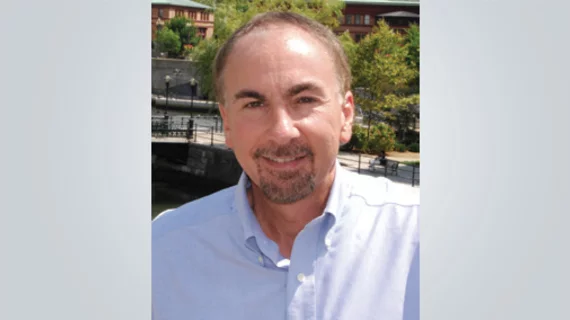Millennials In Our Midst
Those of us who’ve seen Generation Y progress from the digital playground to places alongside us in the workplace sometimes make too much of our differences. We tie ourselves in knots trying to figure out what makes members of this generation tick. What unleashes their endorphins. What we must do to “meet them where they are.”
The collective wringing of hands is understandable. The tail end of Gen Y, whose high achievers are now in grad school, is the first swath of the world population never to have known life without the Internet. The generation’s frontrunners, now in their mid to late 30s, were the high-school graduating class when the third millennium got underway. (Hence the moniker.)
But is there anything to the typecasting that has attached to millennials across their age span?
Sometimes yes, sometimes no. Reality doesn’t always overturn perception. In any case, what often gets lost in the fuss is the yin and the yang of everything they bring to the party.
The admixture of positive and negative traits popularly associated with Gen Y is nowhere more concisely captured than in a recruitment campaign the British Army rolled out in January. The appeal features bold, all-caps posters imploring “Selfie Addicts” to contribute their confidence, “Snowflakes” their compassion and “Me Me Me Millennials” their self-belief.
Nice job juxtaposing ribbing with recognition, wouldn’t you say? It’ll be interesting to see if the campaign ends up being as effective as it is clever.
Personally, I tend to think we older generations are a little intimidated by millennials. Why? Because, seemingly to a person, they’re effortlessly tech-savvy. In fact, it’s almost innate. Evolutionary, even. Like natural selection observable in real time. No wonder we sometimes regard this demo with equal parts admiration and trepidation.
I also think it’s true that, to their credit, millennials tend to prioritize job satisfaction, stability and work-life balance over monetary rewards. Some recent surveys bear this out. One showed that most would be willing to take a salary cut in exchange for long-term job security.
Finally, I believe people born between the early ’80s and the mid-’90s are just like the rest of us in all the ways that matter most when people of varying ages get together to get things done. Eventually, everyone realizes we’re all in this together.
Reporter Randy Young found pretty much exactly that when he asked some experts about the education and training of millennial radiologists.
One of my colleagues at TriMed Media, Cardiovascular Business Editor Kathy Boyd David, may have said it best when I ran a headline idea past her. After agreeing with the view that millennials work differently than previous generations, she suggested they seem better at working smarter rather than harder.
“They may turn out,” she added, “to be the equivalent of AI in the workforce.” Touché.
Now about Generation Z ...
-
More articles from this issue:
Make Way for the Millennials—or Else
Incidentally Yours, Radiologist
Buy, Lease or Make Another Arrangement?
Forget Your Gut Feeling. What Does Your Deep Data Tell You?
Gadolinium Risk Management: 3 Pillars for a Sound Strategy
Better Practice Integration Through Technology
RBMA 2019 Q&A: Bob Still on Consolidation, Artificial Intelligence and PaRADigm
Researcher on the Trail of the ‘Poster Child’ for Imaging Overutilization

